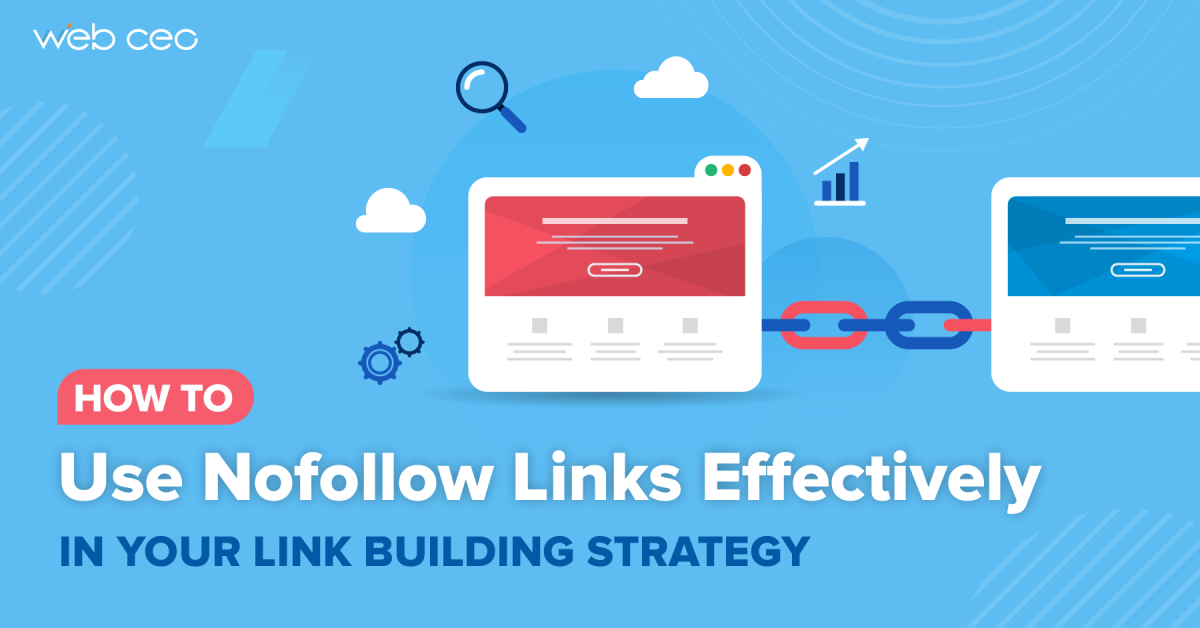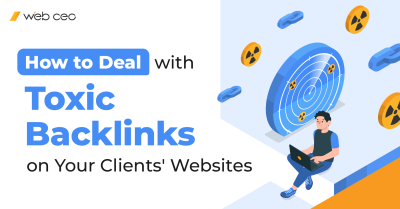
Link building is like dating. We all desire a partner who amplifies our abilities and encourages personal development.
Similarly, websites need links that match their content and help them move forward. But what occurs when you want to link to someone who wouldn’t be a supportive partner? The nofollow attribute comes to the rescue.
But when should you use nofollow?
In this article, we’ll answer the most common questions about the nofollow attribute and how it impacts link building campaigns. Moreover, we’ll guide you on when to use the nofollow tag, the impact of nofollow links on rankings, and the importance of achieving a natural link profile.
So, whether you’re an SEO expert or a newbie, please grab a cup of coffee, and let’s dive in!
What is nofollow, and how does it affect rankings?
Nofollow is one of the most popular and widely used HTML attributes in link building. It indicates to search engines that the link should not pass on any ranking credit or authority to the destination URL, even if users click on it.
In other words, search engines ignore links with the nofollow attribute, which means they do not use them to calculate the relevance or importance of a webpage.
By adding the nofollow attribute to links, webmasters can prevent low-quality websites from benefiting from their content.
Nofollow links do not contribute directly to a website’s ranking in search engine results pages (SERPs), but, they can still provide value to a website by driving traffic, increasing brand awareness, and improving user experience.
Additionally, a natural link profile that includes a mix of nofollow and dofollow links indicates a healthy, diverse link profile, which is an essential factor in search engine rankings.
How to make a nofollow link in HTML?
- Open the HTML file where you want to add the “nofollow” attribute in a text editor or HTML editor.
- Locate the hyperlink to which you want to add the “nofollow” attribute.
- Add the “rel” attribute to the hyperlink tag like this:
- The above code utilizes “http://example.com” as the target URL, “Link Text” as the visible text for the link, and nofollow as the value of the “rel” attribute.
- Save the HTML file and upload it to your website’s server.
That’s it! The link to which you added the “nofollow” attribute will now tell search engines not to pass on any ranking credit to the target page.
Now, when you are ready to implement your knowledge, let’s explore different situations when we can use the nofollow attribute.
When to use the nofollow tag if the link comes from your site?
- User generated links or other untrusted content: Suppose you have a blog or forum on your website where users can post comments or content. If you see that some of the links posted by users may lead to low-quality or spammy websites, you can use the nofollow tag on those links to prevent them from passing on any link juice.
Potential spammers will notice you are using nofollow tags and will be less likely to waste their time lowering the value of your content. - Ad links and sponsored content: When it comes to openly sponsored content and advertisement links, it’s essential to utilize the nofollow tag on any links that lead to external websites.
Google’s guidelines on link schemes state that advertising links should not pass PageRank, and using the nofollow tag ensures that you’re following those guidelines. While many high quality directories are known to sell dofollow links, and you’ll do well to be in a few such directories, anything that is blatant advertising or sponsorship must be labeled nofollow.
Is it bad if a link to you has a nofollow attribute?
No! While it’s true that nofollow links don’t pass on any link juice, they can drive traffic to your site if someone clicks on the link. Additionally, having a diverse link profile that includes dofollow and nofollow links can signal to search engines that your site is trustworthy and natural.
Furthermore, nofollow links can help increase brand awareness and exposure to your site, even if they don’t directly impact your search engine rankings.
While nofollow links may have a less direct impact on your SEO than dofollow links, they can still be a valuable asset to your overall link profile.
What percentage of links are nofollow on a natural link background?
To ensure that your website’s link profile is healthy and in good standing, you must keep track of the ratio between nofollow and dofollow links.
One way to do this is by using WebCEO’s Backlink Checker Tool, which provides a detailed analysis of your website’s backlink profile and gives potential opportunities to find good links that your competitors already have.
With this tool, you can quickly identify the percentage of nofollow links on your website and make necessary adjustments to maintain a healthy balance between nofollow and dofollow links.
Studies have indicated that the average ratio of nofollow to dofollow links on the web is around 3:1, but this can vary depending on the website.
Remember to focus on quality over quantity and prioritize natural, ethical link building practices for long-term success.
The importance of a natural link profile and the potential consequences of an unnatural link profile
Maintaining a natural link profile is essential for several reasons. First, search engines like Google use link signals as a key factor in determining the relevance and authority of a website. A site with excessive paid or spammy links can be penalized and lose visibility in search results.
Additionally, an unnatural link profile can signal to users and potential partners that a website is engaging in manipulative or unethical practices, which can harm its reputation and credibility. Therefore, it’s crucial to build a diverse and natural link profile over time rather than attempting to manipulate search results with artificial link schemes.
Do I have to make nofollow links?
You don’t necessarily have to create nofollow links if they don’t fit your overall strategy or goals.
If you do choose to include nofollow links in your link building campaign, there are several strategies you can use. One approach is building relationships and partnerships with other websites or businesses in your industry.
Another strategy is participating in relevant online forums, discussions, and communities and including links to your site to provide helpful information or resources. These links may also be nofollow, but they can still drive traffic to your site and establish your brand as a thought leader in your industry.
Do I need to change my strategy if I don’t have enough (too many) nofollow links in my link building campaign?
If you have too few nofollow links in your link building campaign, it could signal to search engines that your link profile is unnatural or manipulated.
On the other hand, having too many nofollow links could indicate a lack of effort or strategy in your link building campaign.
It’s important to achieve a natural link profile with a balanced ratio of nofollow to dofollow links. It indicates to search engines that your link profile is diverse and reflects natural linking behavior.
CONCLUSION
Using nofollow links can effectively signal to search engines that the links were not acquired through manipulation, thus reducing the risk of penalization. However, nofollow links are not the only solution and should be combined with other link building tactics such as guest posting, broken link building, and content marketing.
It is also worth noting that link building is just a part of an effective SEO strategy. In addition to acquiring high-quality backlinks, creating valuable content, optimizing on-page elements, and improving user experience are all critical components of a successful SEO campaign.
It is crucial to approach link building with a long-term, natural strategy that prioritizes quality over quantity and considers the overall health of the website’s link profile.


